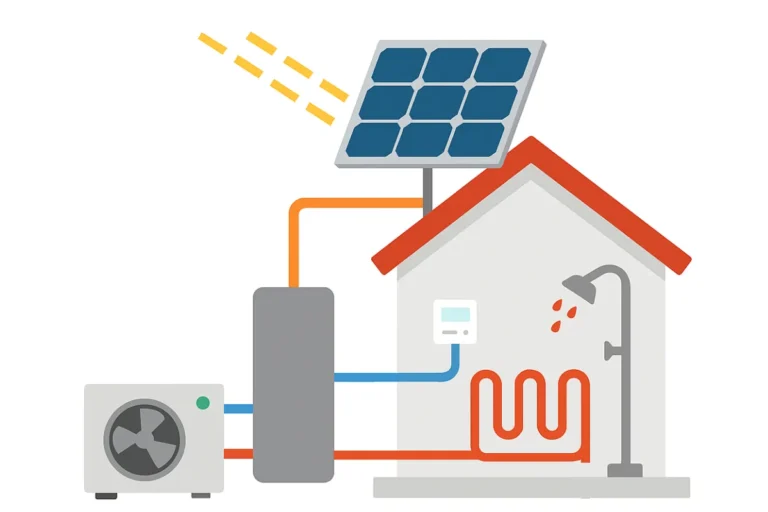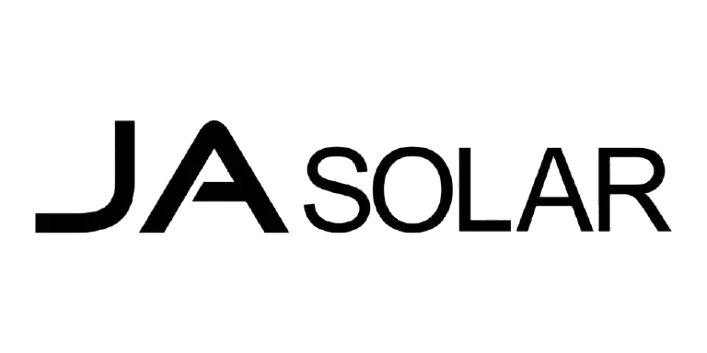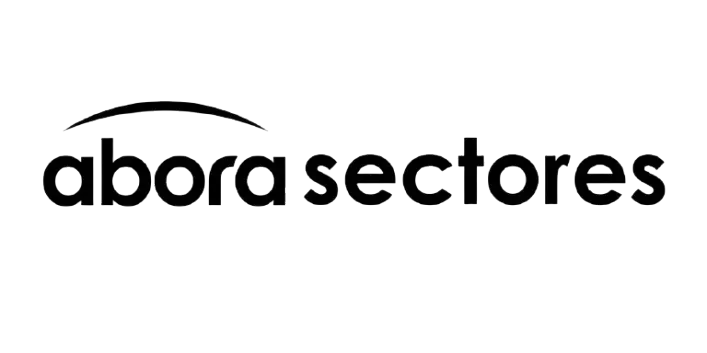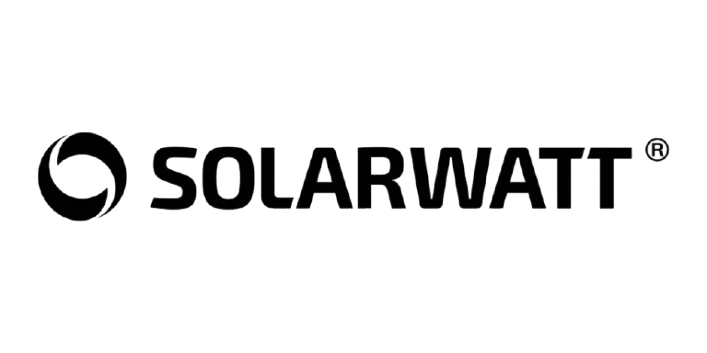Live like a king
Energy solutions
Those who have worked with us know that we are committed to developing sustainable energy solutions that provide a positive return on investment in the medium and long term.
But above all, we want you to forget about the installation and setup process. We take care of ensuring that the aerothermal and photovoltaic systems work perfectly making sure your air source heat pump runs off solar panels efficiently and without complications. Just enjoy the results.

Step 1: How solar panels work
Solar panels are a great way to generate clean, renewable energy. They work by converting solar radiation into usable electricity through photovoltaic (PV) technology. Here’s how the system works step by step:
- Sunlight hits the solar panels, which convert it into direct current (DC) electricity, one of the most efficient renewable energy solutions available today.
- This DC electricity then passes through an inverter, which transforms it into alternating current (AC) , the type of electricity used in homes, businesses, and most appliances.
- The converted AC electricity powers the entire space, from lighting and appliances to electronics and electric heating systems.
- It also supplies energy to the aerothermal system, which needs electricity to extract heat from the air for heating, cooling, and hot water.
- Any excess electricity that is not immediately consumed can either be:
- Stored in batteries, for later use during the night or cloudy days.
- Exported to the power grid, potentially generating savings or energy credits depending on your local energy policy.
The biggest advantage of solar panels is that they provide free, clean energy without fuel costs, helping you become more energy self-sufficient.
Step 2: How aerothermal energy works
Aerothermal energy uses the thermal energy present in the air to efficiently heat, cool, and supply hot water to a building. This is made possible through an air-source heat pump, a system that captures and transfers heat instead of generating it. Here’s how it works:
- The system extracts thermal energy from the outside air, even in cold temperatures.
- This energy is compressed and amplified by the heat pump, and then used to:
- Heat the interior during winter (space heating).
- Cool the interior during summer by reversing the cycle (air conditioning).
- Produce domestic hot water (for showers, sinks, and general use).
- When cooling is needed, the system absorbs indoor heat and releases it outside, keeping the interior comfortable year-round.
What makes aerothermal systems especially efficient is that they move existing heat instead of generating it from scratch. For every 1 kWh of electricity consumed, the system can generate 3 to 5 kWh of thermal energy, making it significantly more efficient than traditional heating methods like gas or oil boilers.
Benefits of combining air source heat pump combined with solar panels
Energy independence
Lower energy bills
No fossil fuel dependency
All-year thermal comfort
Hot water on demand
Zero emissions during use
Hybrid renewable energy systems 100%
Scalable for any building type
Compliance with energy efficiency standards
Backup-ready keeps working during power outages
Quick return on investment
Hassle-free installation







The best energy solution against blackouts
Did you know you only need to invest 20% to install a complete renewable energy solution in your home?
With MASRED, you can transform your home into a self-sufficient space by combining two of the most efficient technologies available today: Aerothermal heating and cooling systems powered by photovoltaic solar panels.
Forget about hidden costs. This system significantly lowers your energy bills while increasing the value of your property. And the best part? You can take advantage of generous government grants, IRPF tax deductions, and IBI reductions to make the transition easier and more affordable than ever.
We take care of everything so you don’t have to:
- System design: We tailor your aerothermal and solar system to your space and energy needs.
- Permits and paperwork: We handle all the legal and administrative steps for you.
- Grants and subsidies: We manage and apply for all available financial incentives.
- Installation: Our team installs your system quickly, safely, and with minimal disruption.
- Maintenance: We ensure everything keeps running smoothly, year after year.
- Backup-ready: And if there’s ever a power outage, your system keeps working ensuring comfort, hot water, and electricity when others go dark.
Air source heat pump run off solar panels in Ibiza and Formentera
Service hours
- Monday 9:00–19:00
- Tuesday 9:00–19:00
- Wednesday 9:00–19:00
- Thursday 9:00–19:00
- Friday 9:00–19:00
- Saturday closed
- Sunday closed
Frequently asked questions about air source heat pump and solar panels
How much do solar panels cost?
Aerothermal heating is an advanced, sustainable system that uses the thermal energy present in the outside air to provide heating, cooling, and domestic hot water (DHW). It operates through an air source heat pump, a technology that does not generate heat, but rather transfers it from one place to another using a small amount of electricity often powered by solar panels. This makes it one of the most efficient and eco-friendly heating systems available today.
Advantages of air source heat pumps:
- Energy efficiency: For every 1 kWh of electricity consumed, the system can produce up to 5 kWh of thermal energy.
- Versatility: It provides heating in winter, cooling in summer, and hot water all year round.
- Sustainability: It uses a renewable energy source (air) and reduces CO₂ emissions.
- Compatibility: Easily combined with photovoltaic solar panels to achieve near-total energy independence.
- Low maintenance and long-term reliability.
Air source heat pump disadvantages and why they are not a real issue:
Some people view the initial installation cost as a disadvantage, but it’s important to consider that this is an investment with a high return. Thanks to the energy savings, the system pays for itself in just a few years.
Another common concern is reduced efficiency in very cold climates. However, in Ibiza, where average winter temperatures are mild and rarely drop below 10ºC, aerothermal systems work at optimal performance throughout the year.
In short, while it’s true that aerothermal heating has pros and cons, in climates like Ibiza and the Balearic Islands, the advantages clearly outweigh any limitations especially when paired with solar panels to eliminate dependence on fossil fuels.
What are the advantages and disadvantages of solar panels?
Solar panels (also known as photovoltaic panels) are devices that convert solar radiation into electrical energy. They are one of the most widely used technologies for harnessing renewable energy, and an essential part of any sustainable energy strategy.
Solar panel advantages:
- Free electricity from the sun, a renewable and unlimited energy source.
- Reduction in electricity bills, with savings of up to 70–100% depending on consumption and system size.
- Energy independence, especially when combined with battery storage systems.
- Zero CO₂ emissions during operation, helping to reduce environmental impact.
- Long lifespan: panels typically last over 25 years with minimal maintenance.
Increased property value and access to potential public subsidies.
Solar panel disadvantages and why they don’t apply here:
A common solar panel disadvantage is their dependence on sunlight. It’s true that photovoltaic systems generate more energy on sunny days. However, in Ibiza, we benefit from over 300 days of sunshine per year. This means that even during the so-called “low” production months, systems continue to generate enough electricity to cover daily needs especially when paired with a battery storage solution that collects excess energy during the day for use at night or on cloudy days.
Another concern is the initial cost, but this must be seen in the context of long-term savings and energy independence. In most cases, the investment is recovered in just 5 to 7 years, and the system continues to generate free energy for decades afterward.
In conclusion, when it comes to solar panel advantages and disadvantages, the balance is clearly positive particularly in sun-rich regions like Ibiza, where the efficiency of photovoltaic systems is at its peak year-round.
Can I combine an air source heat pump with solar panels?
Yes, air source heat pumps work perfectly with solar panels. In fact, combining both systems is one of the most efficient and sustainable ways to power your home. The solar panels provide the electricity needed to run the heat pump, allowing you to reduce your energy bills and your dependence on the grid — all while using renewable energy.
How many solar panels are needed to power an air source heat pump?
The exact number depends on the heat pump’s size, your home’s insulation, and local climate conditions. On average, to run an air source heat pump, you would typically need between 6 to 12 solar panels. A professional assessment can determine the ideal setup for your property and usage needs.
Is it worth installing both a heat pump and solar panels?
Absolutely. Installing both a heat pump and solar panels creates a complete renewable energy solution that provides heating, cooling, and hot water at very low operational cost. Although the initial investment can be higher, the savings in energy bills, increased property value, and environmental benefits make it highly worthwhile in the medium and long term.
Do I need a battery to power the heat pump with solar energy?
Not necessarily, but it’s recommended. A battery storage system allows you to store the excess electricity generated during the day and use it at night or during periods of low sunlight. While your air source heat pump can run off solar panels without a battery, including one increases your energy autonomy and helps you make the most of your solar production.


